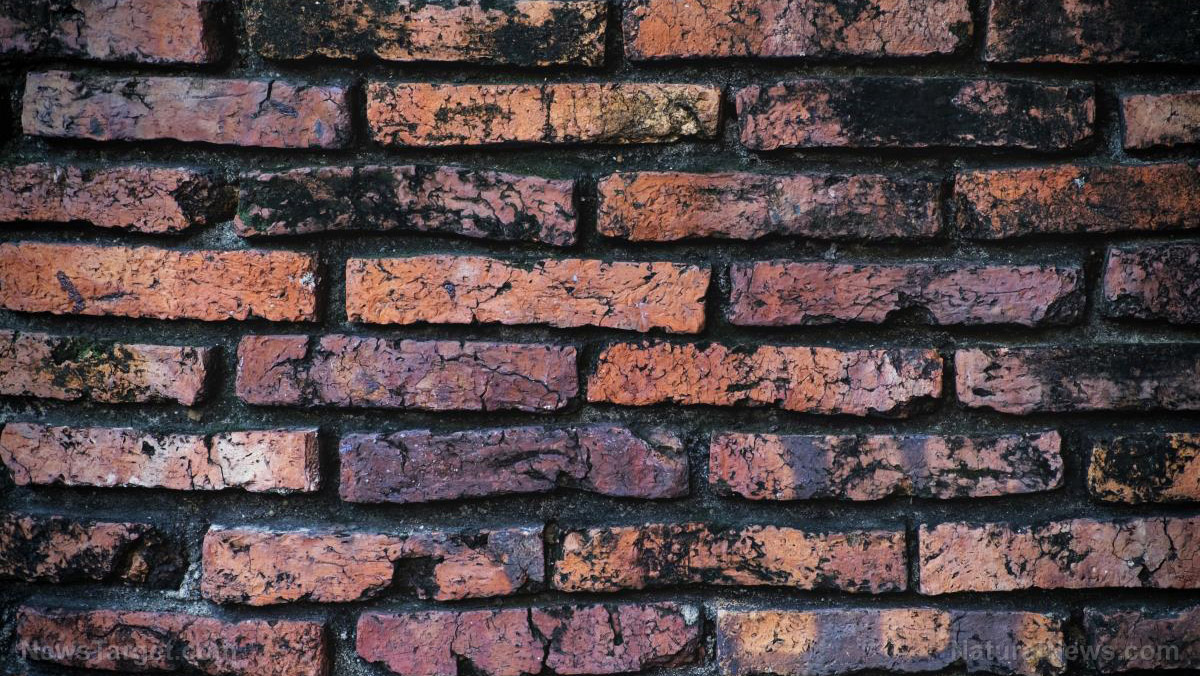Human civilization has already been wiped out by a mini Ice Age, and recent archaeological evidence proves Graham Hancock was right all along
05/08/2017 / By Tracey Watson

Graham Hancock, author of the books Fingerprints of the Gods and Magicians of the Gods, has long been a pariah in the archaeological community. His theories about an ancient civilization that was wiped out in a worldwide catastrophic event have been mocked and widely dismissed by academics. There are, therefore, many scientists who are now eating their words, after one of his cornerstone theories has turned out to be true.
Evidence, which Hancock has insisted backs up his theory, was found at an archaeological dig in Turkey called Gobekli Tepe (Potbelly Hill). Hancock claimed to have discovered the oldest work of monumental architecture on Earth at that site, and insisted it was twice as old as the more famous Stonehenge in England. The stones found there indicate that the builders were part of a highly advanced civilization, and carved stories on the stones tell of a comet which fell from the sky and wiped out nearly all humans on Earth. (RELATED: Without the honeybees we’ll all be wiped out. Check out NaturalNews.com for more information.)
Respected experts from the University of Edinburgh’s School of Engineering recently published a report in the University of the Aegean’s obscure journal the International Journal of Mediterranean Archaeology and Archaeometry, which confirms that Hancock has been right all along. The report confirms that the carvings at Gobekli Tepe definitely do describe a comet strike, and the scientists were able to pinpoint the date of that strike to 10,950 B.C. (that’s about 13,000 years ago), based on a series of carvings on a pillar known as the Vulture Stone. The star constellations depicted on the stone are not as we would see them today, but are as they would have been in 10,950, making it possible to nail down the date definitively.
This is pretty much what Hancock has been saying for decades. The blurb for his book, Magicians of the Gods: The Forgotten Wisdom of Earth’s Lost Civilisation, explains that towards the end of the last Ice Age, about 12,800 years ago (see how close that is to the dating of the Gobekli Tepe depiction) a giant comet which had entered the solar system broke into fragments, some of which struck the Earth. This caused a global catastrophe when several of the fragments hit the North American and northern European ice caps. The impacts generated massive amounts of heat which liquidized millions of square miles of ice, causing the global flood that is remembered in the Bible and in the myths of ancient cultures from around the globe.
This discovery is dumbfounding to archaeologists who have long insisted that at the time when the Gobekli Tepe stones were carved – about 9,000 B.C. – humans were little more than savages, running around in skins and living in caves. The fact that the people who carved the Gobekli Tepe stones were sophisticated enough to backdate the constellations on the Vulture Stone indicates that they were far more advanced than anyone could have imagined.
As noted by Christopher Stevens of the U.K.’s Daily Mail, “We don’t know what language they spoke, nor how they recorded their knowledge. But unless a band of refugee hunters in Turkey 11,000 years ago suddenly cracked every major branch of human learning, all at the same time, that elder civilisation [sic] must have existed.”
As controversial as Hancock’s discoveries about the ancient world have been, it is his predictions about the future that really get people in a tizzy. He believes that what hit the earth was actually a piece of debris in the Taurid meteor stream. Astrophysicists have hypothesized that there is an “unexploded bomb of a planetoid” hidden in that belt, and sealed within its crust is “a boiling mass of tar, building up pressure until it detonates. Thousands of white-hot boulders, a mile or more across, will be set spinning through the meteor stream.”
Hancock believes that if one of these asteroids were to hit the earth it would mean absolute destruction.
And we’re due to cross the Taurid meteor stream again in just 13 years, around 2030.
Sources:
Tagged Under: Ancient civilizations, Archaeology, comet strike, Gobekli Tepe, Graham Hancock, mini ice age




















